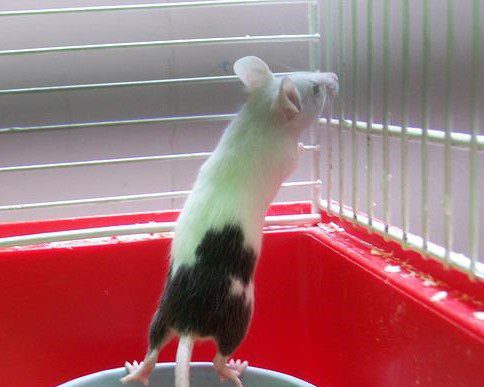StatNews recently carried an article describing a paper prepared by New York’s Tisch Research Center and published this week in the Brain Communications journal. The paper contains promising breakthroughs on a protein that could be related to amyotrophic lateral sclerosis (ALS). Details of the study are available here.
About the Mission
The Tisch Center’s mission was to monitor the effects of the non-genetic form of sporadic ALS in mice. Unlike liver or kidney disorders, it is not possible to biopsy tissue from an ALS patient while the patient is living.
Researchers had to use a second option, which is the cerebrospinal fluid taken from ALS patients. The teams believed that toxic elements exist that damage neurons. The spinal fluid of familial ALS patients had not been thoroughly evaluated or compared to the spinal fluid of patients with sALS.
Prior to Tisch researchers creating an adult mouse model that included motor neuron death, there were no sALS animal models in existence.
About the Study
Procedures used in the study were approved at the Mispro Biotech Services by the Animal Care and Use Committee. The mice were then randomly assigned to groups
Jamie Wong, a research scientist, was part of the team that injected a mouse with a small amount of spinal cord fluid taken from a patient with a common form of ALS.
Within one day she noticed that the first mouse that was injected was acting very weak.
The team followed up and found that when the spinal fluid from the ALS patients was injected into mice, it caused the mice to become weak. Could a protein be responsible for their weakness?
Dr. Saud Sadig, the chief scientist at the Tisch Center, said they discovered that the motor neurons were dying just as they would in patients who have ALS.
About the Procedure
The researchers injected the mice in their cervical spinal cord. The sample of spinal fluid was taken from eleven sALS patients as well as seven who had familial ALS.
In addition, they injected groups of mice as a comparison (control groups) with cerebrospinal fluid taken from five multiple sclerosis patients. Four healthy volunteers were included to confirm that the motor neuron loss was not related to any other disease.
The injected mice were then held above their cages and given five chances to reach out and hold the bars. Any attempt to grip or fail to grip the bars was documented. Participants were unaware of which groups were being tested to avoid any bias in scores.
Achieving Results
The researchers filtered the spinal fluid many times and then studied the motor skills and strength of the mice. Eventually, research scientist Wong was able to isolate apolipoprotein B-100 (ApoB-100).
Now the researchers were reasonably convinced that the sALS fluid was the driving force causing disability and motor problems in the lab mice. Jason Thonhoff is an ALS researcher in the Neurology Department at Houston Methodist Hospital. He noted that lipid and LDL pathways are of growing importance.
The study showed that familial ALS spinal fluid lacked ApoB-100 which meant that genetic ALS subtypes differ from sporadic forms of ALS. Also, ApoB should be considered as a potential target to stop sALS.
But for now, the scientists can only surmise that there may be several factors occurring by way of an environmental trigger. A paper, written in 1993, noted that the gene SOD1 may cause ALS. Therefore, researchers are revisiting SOD1 as a point of entry for their research as they have not ruled out the possibility that the ApoB gene, like SOD1, may be one of many causes of ALS.
About Amyotrophic Lateral Sclerosis (ALS)
ALS is an aggressive disease that does not promise long-term survival. The estimated life span after diagnosis is four or five years. It is true that Professor Stephen Hawkins survived much longer but that is a rare event.
Yet, each ALS patient is to be considered as an individual case.
There is, however, one commonality in ALS. It is a body-brain disconnect that occurs as the message-carrying motor neurons of the spinal cord and brain die. The brain no longer communicates its signals to the muscles. It becomes increasingly difficult for the patient to speak, move, eat, or participate in their daily routine.
An Unmet Need
ALS has been proven to be complicated, difficult to study, and even more difficult to cure. Approximately seventy clinical trials investigating ALS drugs were not completed leaving patients with only a handful of FDA-approved drugs. The last drug to be FDA approved was edaravone in 2017. It is the only drug to be approved in almost thirty years.
Researcher Wong noted that ApoB-100 is generally not evident in the cerebrospinal fluid of healthy people. Yet during the study, it was found to be elevated in the cerebrospinal fluid but not in healthy people or in the ALS familial samples.
Unfortunately, the study does not give evidence that if ApoB is filtered out of the cerebrospinal fluid sporadic ALS symptoms could improve.








